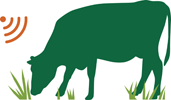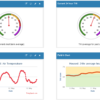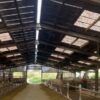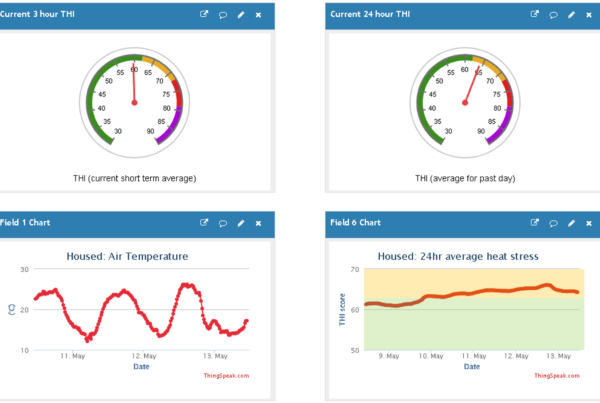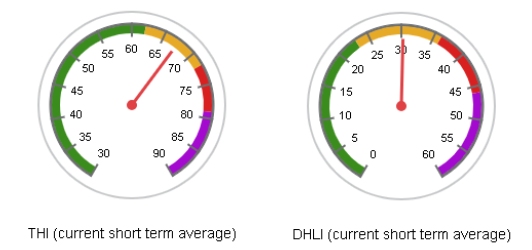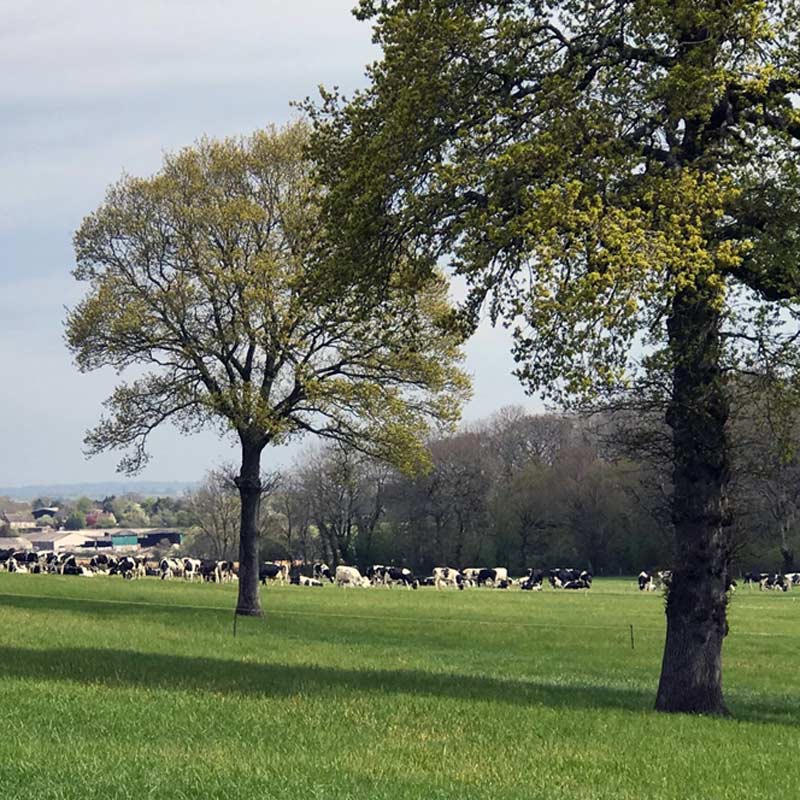The cool wet weather reduced heat stress risks considerably and the rain has benefitted both grazing and silage crops. The Berkshire site suffered the most heat stress and high humidity at N Wyke led to high DHLI scores.
An interesting article by Richard Cooper in UK Vet Livestock (Vol 28, No 4) discussed the benefits of allowing cows to choose their environment. I have seen this facility on several of our monitor farms and cows seem to choose to come back indoors even in mild heat stress conditions.
Allowing cows free access can be difficult with multiple grazing groups and large grazing platforms. An alternative I am investigating is ‘sietsa’ grazing. Cows graze as normal after morning milking and come in as the morning warms up at 10 – 11 am. They are then housed, possibly with a buffer feed, until afternoon milking and then graze all evening. Our previous data shows this is not impact the main grazing bouts. Grazing intakes should be maintained as long as the buffer does not act as a substitute.
